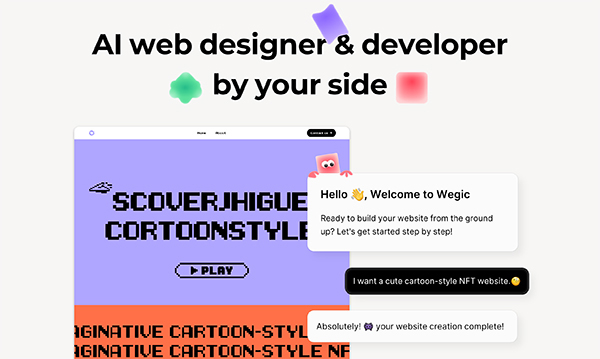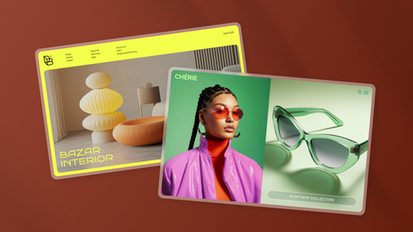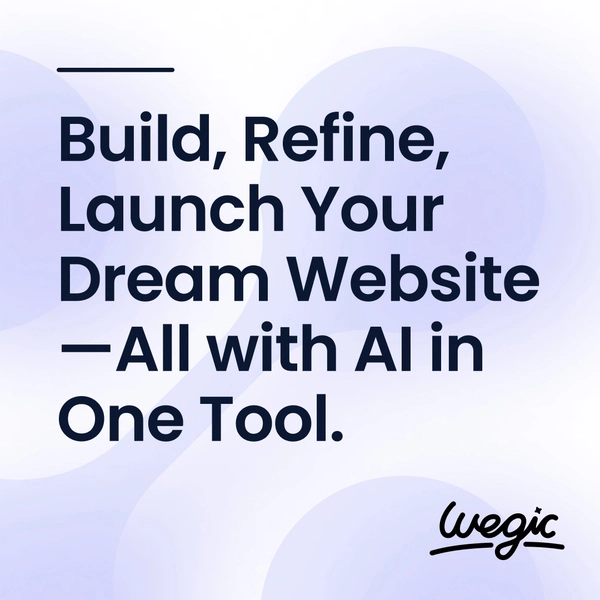Average Web Design Cost Solutions
Average Web Design Cost FAQ
Average Web Design Cost
In today’s digital age, having a website is essential for any business or individual looking to establish an online presence. Thankfully, there are a variety of platforms available that make building a website easier than ever before. Whether you’re a beginner looking to create a simple personal site or an experienced developer looking to build a complex e-commerce store, there are options for everyone. In this article, we’ll explore some of the best sites for building a website.

Average Web Design Cost Resources
Average Web Design Cost
1. WordPress:
WordPress is one of the most popular website building platforms in the world, powering over 30% of all websites on the internet. It’s known for its flexibility and ease of use, making it a great choice for both beginners and experienced developers. With thousands of themes and plugins available, you can customize your site to fit your needs perfectly. WordPress also offers a user-friendly interface that makes it easy to create and manage content.
2. Wix:
Wix is another popular website building platform that offers a drag-and-drop editor, making it easy for anyone to create a professional-looking site. With hundreds of templates to choose from, you can quickly design a site that fits your brand aesthetic. Wix also offers a variety of features, such as e-commerce tools, marketing integrations, and analytics, making it a comprehensive solution for building your online presence.
3. Squarespace:
Squarespace is a website building platform known for its stunning design templates and powerful features. Whether you’re looking to create a portfolio, blog, or e-commerce store, Squarespace has you covered. The platform offers a range of customization options, such as fonts, colors, and layouts, allowing you to create a unique site that reflects your brand. Squarespace also offers built-in SEO tools and analytics, making it easy to optimize your site for search engines.
4. Shopify:
If you’re looking to build an online store, Shopify is the go-to platform for e-commerce websites. With easy-to-use tools for managing products, inventory, and orders, Shopify makes it simple to create a successful online store. The platform also offers a variety of themes and customization options, allowing you to create a unique shopping experience for your customers. Additionally, Shopify offers integrations with popular payment gateways and shipping providers, making it a comprehensive solution for selling products online.
5. Weebly:
Weebly is a user-friendly website building platform that offers a drag-and-drop editor and a variety of pre-designed layout options. Whether you’re looking to create a blog, portfolio, or online store, Weebly has templates and features to support your needs. The platform also offers SEO tools, analytics, and marketing integrations, making it a great choice for building a successful online presence.
1. Minimalistic Design
One popular trend in web design is minimalism. A minimalistic design relies on clean and simple layouts, with a focus on white space and essential elements. This design approach ensures that the user’s attention is directed towards the most important information on the website. Minimalistic designs are visually appealing and easy to navigate, resulting in a better user experience.
2. Bold Typography
Typography plays a significant role in web design and can greatly impact the overall look and feel of a website. Bold and eye-catching fonts can make a strong statement and help emphasize key messages. Experimenting with different font styles, sizes, and colors can add visual interest to your website and make it more engaging for visitors.
3. Interactive Elements
Adding interactive elements to your website can enhance user engagement and make the browsing experience more enjoyable. Incorporating features such as sliders, animations, hover effects, and interactive buttons can make your website more dynamic and visually appealing. Interactive elements can also help guide users through the website and draw their attention to specific content.
4. Parallax Scrolling
Parallax scrolling is a popular web design technique that creates a sense of depth and movement on a website. This effect is achieved by moving the background content at a different speed than the foreground content as the user scrolls down the page. Parallax scrolling can create a visually stunning and immersive experience for visitors, making your website more memorable and engaging.
5. Dark Mode
Dark mode has become a popular design trend in recent years, with many websites offering a dark color scheme as an alternative to the traditional light theme. Dark mode is not only visually appealing but also easier on the eyes, especially in low-light environments. Implementing a dark mode option on your website can cater to the preferences of different users and provide a more customizable experience.
6. Mobile Optimization
With the increasing use of smartphones and tablets, it is crucial to ensure that your website is optimized for mobile devices. Responsive web design allows your website to adapt to different screen sizes and resolutions, providing a seamless experience across all devices. Mobile optimization is essential for reaching a larger audience and improving user engagement on your website.
7. Custom Illustrations and Graphics
Incorporating custom illustrations and graphics can add a unique and personal touch to your website. Custom artwork can help reflect your brand’s personality and values, creating a memorable visual identity for visitors. Whether it’s hand-drawn illustrations, infographics, or animations, custom graphics can enhance the overall look and feel of your website and make it more visually appealing.
8. Video Backgrounds
Using video backgrounds on your website can make a powerful impact and capture the attention of visitors. Video backgrounds can help set the tone for your website, convey a message, and create a visually engaging experience. Whether it’s a short looped video or a full-screen background video, incorporating multimedia elements can make your website more dynamic and interactive.
9. Accessibility Features
Web accessibility is an important consideration in web design, ensuring that people with disabilities can access and use your website effectively. Integrating accessibility features such as alt text for images, keyboard navigation, and screen reader compatibility can make your website more inclusive and user-friendly. By making your website accessible to all users, you can reach a wider audience and improve the overall user experience.
10. Personalization
Personalizing the user experience can help create a more engaging and tailored experience for visitors. Implementing features such as personalized recommendations, dynamic content, and targeted messaging can make your website more relevant and appealing to individual users. By leveraging data and user preferences, you can create a more personalized and interactive experience that keeps visitors coming back for more.

A Beginner’s Guide to Average Web Design Cost
Average Web Design Cost
In conclusion, there are many great options available for building a website, ranging from beginner-friendly platforms like Wix and Weebly to more advanced options like WordPress and Squarespace. Depending on your needs and technical expertise, you can choose the platform that best suits your goals. Whether you’re looking to create a simple personal site, a professional portfolio, or a successful online store, there’s a website building platform out there for you. With the right tools and resources, you can build a stunning website that showcases your brand and helps you achieve your online goals.



